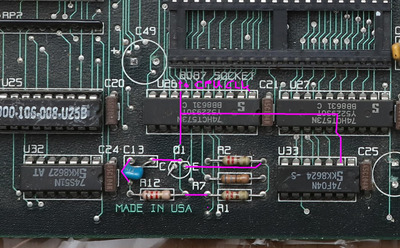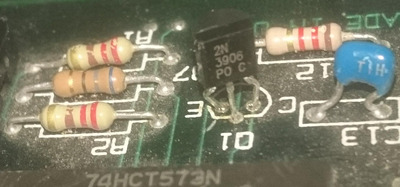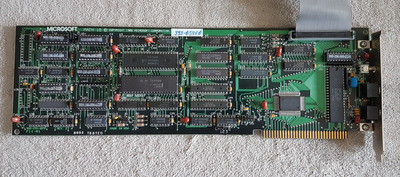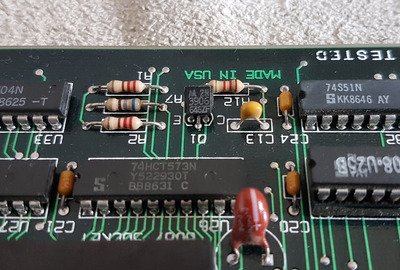Reply 20 of 46, by Jo22
- Rank
- l33t++
Caluser2000 wrote on 2020-06-15, 22:12:Disagree completely. EGA runs fine on my XT Turbo running GeoWorks. […]
derSammler wrote on 2020-05-17, 08:57:matze79 wrote on 2020-05-17, 08:11:But VGA/EGA requires NEC V20 or patched Drivers on 3.0
VGA/EGA does not belong into an XT. CGA mono is too slow already, even on a Turbo XT. While it works, it was clearly not meant to be used on XT-class machines.
Disagree completely. EGA runs fine on my XT Turbo running GeoWorks.
If a person is unable to source a mono or herc monitor fitting a EGA card if you have a suitable monitor or an 8-bit VGA card ,or 16 bit vga card that will work in an 8-bit slot, makes perfect sense. Some folk, like me, just do not want to muck around on mono monitors for various reasons. Location, availability, cost of shipping, prefer a colour monitor etc etc...
Better to have a system active with a more modern video card/monitor set up than holding your breath waiting for a specific monitor to show up or wasting hours and hours looking for one. That is one of the great advantages of x86 systems with ISA compared to other systems of the same era.
IMHO, both EGA/VGA are causing less overhead than CGA/Hercules.
It's likely that they both increase performance on XTs, even.
From a pure technical point of view, without considering nostalgia
or socalled period correctnes, there's nothing wrong with VGA on an XT.
In fact, VGA was designed to use the 640KB-1MB range for the framebuffer only,
which allowed for backwardscompatibility with both hard- and software.
(Many first-gen VGA cards included emulation modes for Hercules, CGA and EGA.)
If VGA was made with ATs in mind, it would have used the 15-16MB range, wouldn't it ?
Anyway.. I can also understand that some people prefer Hercules/CGA on XTs. Or Hercules on 286/386, even. 😀
Software before 1987 usually made no use of VGA or little use of EGA only.
And both Hercules and CGA require less memory in the UMA, so the conventional memory can be larger (704KB to 736KB).
It's really the '87 to '91 range in which both EGA and XTs had any relevance (together).
In fact, Hercules likely outlived both of them. After 1992 HGC cards were used
in 286-based terminal computers (diskless stations, cash registers etc) and in
workstations (386+, monochrome card for debuggers etc) still.
At this time, EGA was a relic superseeded by VGA long ago.
Nowadays, EGA, for most people, is mainly remembered as sub mode of VGA.. 😀
"Time, it seems, doesn't flow. For some it's fast, for some it's slow.
In what to one race is no time at all, another race can rise and fall..." - The Minstrel
//My video channel//




